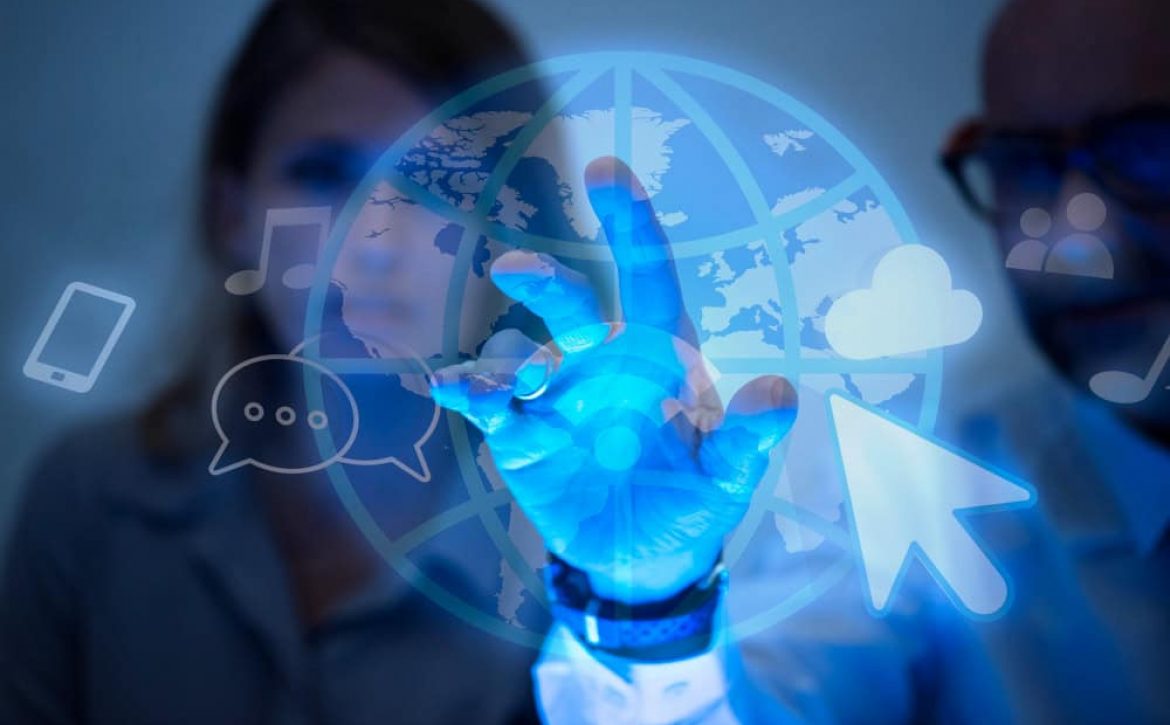Natural Language Processing (NLP) Trends for 2025
Introduction: The Evolving Power of NLP
Natural Language Processing (NLP) is advancing rapidly, transforming how humans interact with machines. As we head into a new era of AI adoption, NLP trends for 2025 indicate a shift toward smarter, more empathetic, and multimodal language systems. From enterprise automation to real-time voice AI, NLP is shaping the digital experiences of tomorrow. In this blog, we explore what to expect in the NLP landscape in 2025 and how GoodWorkLabs is leading innovation in this space.
1. Rise of Multimodal NLP Models
What’s Changing?
Multimodal NLP -combining text, audio, and visual inputs – will take center stage in 2025. Large models such as GPT-4, Gemini, and Claude are already showing signs of interpreting not just text, but also images, audio, and video.
Use Case Example:
Imagine a customer support bot that not only understands user complaints through text but also interprets images or voice notes to resolve issues faster.
How GoodWorkLabs Adds Value:
GoodWorkLabs builds intelligent multimodal applications that blend NLP with computer vision and speech recognition, enhancing real-world user experiences across platforms.
2. Industry-specific fine-tuning of Large Language Models
The Trend:
2025 will see a surge in domain-specific LLMs that are fine-tuned for sectors like legal, healthcare, finance, and retail. Instead of generic outputs, businesses want tailored models that align with industry lexicons and compliance requirements.
GoodWorkLabs’ Edge:
Our team specializes in custom NLP model training and fine-tuning proprietary datasets, ensuring outputs are aligned with business logic, tone, and sectoral nuances.
3. Explainable NLP: From Black Box to White Box
Why It Matters:
As enterprises integrate NLP into sensitive areas like legal contracts, diagnostics, or financial forecasting, the demand for explainable NLP models will skyrocket. Transparency in decision-making is no longer optional it’s a mandate.
GoodWorkLabs’ Solution:
Our AI experts implement explainable AI frameworks that allow users to understand how an NLP model reached a conclusion building trust and ensuring regulatory compliance.
4. Emotion-aware and Empathetic NLP
The Innovation:
In 2025, NLP will evolve to recognize emotional tones, sentiments, and even intent shifts in user conversations. This is particularly relevant in customer service, mental health apps, and HR systems.
What GoodWorkLabs Offers:
By leveraging sentiment analysis, emotion detection APIs, and advanced context modeling, GoodWorkLabs crafts conversational AI that’s not just smart but also human-like in tone.
5. Real-Time NLP Applications in Voice and Edge Devices
Driving Factors:
With the rise of edge computing and voice-first interfaces, NLP systems will need to process data locally and instantly without relying on cloud latency.
Example Use Cases:
-
Voice-controlled appliances
-
Real-time medical diagnostics on wearables
- In-car voice assistants with zero lag
GoodWorkLabs in Action:
We develop low-latency, edge-optimized NLP solutions for IoT, automotive, and wearables, ensuring real-time processing with minimal bandwidth usage.
6. NLP for Low-Resource Languages and Inclusivity
Global Need:
Billions still don’t have access to digital services in their native languages. 2025 will see a rise in NLP models supporting low-resource and regional languages.
How We’re Making a Difference:
GoodWorkLabs is actively building multilingual NLP systems, especially for Indian regional languages, democratizing access to AI-driven tools for all users.
7. AI-Generated Content Moderation and Compliance
The Challenge:
With LLMs generating content at scale, AI-driven moderation of hate speech, misinformation, and copyright violations becomes critical.
GoodWorkLabs’ Innovation:
We integrate content moderation layers into NLP systems that ensure automated content complies with brand, legal, and ethical standards.
8. Integration of NLP in Enterprise Workflows
Trend:
Enterprises are embedding NLP directly into business workflows from email summarization and report generation to legal document parsing and automated responses.
GoodWorkLabs Delivers:
We build enterprise-grade NLP integrations using APIs, workflow engines, and automation tools transforming productivity at scale.
9. Privacy-First NLP Systems
What’s Evolving:
Data privacy laws like GDPR and India’s DPDP Act are putting pressure on NLP models to protect personal and sensitive information.
GoodWorkLabs Approach:
We embed privacy-preserving techniques in NLP applications, including on-device processing, federated learning, and secure data obfuscation.
10. The Fusion of NLP and Knowledge Graphs
Emerging Synergy:
Knowledge graphs are being used alongside NLP to enhance semantic understanding and reduce hallucinations in generative AI outputs.
GoodWorkLabs Expertise:
We specialize in combining semantic NLP pipelines with knowledge graphs for precise entity extraction, contextual reasoning, and robust QA systems.
Why Choose GoodWorkLabs for NLP Solutions?
-
Expertise in custom NLP model development
-
Support for multilingual and regional language NLP
-
Edge and real-time NLP application design
-
Proven success across industries – from FinTech to EdTech
-
Privacy and compliance-first architecture
-
Conversational AI solutions tailored to business needs
Whether you’re building an advanced chatbot, content intelligence platform, or multilingual voice interface, GoodWorkLabs has the expertise, tools, and passion to bring it to life.
Want to power your business with next-gen NLP solutions?
Partner with GoodWorkLabs and build intelligent, future-ready applications.
Schedule a Free Consultation Now
Conclusion
As we approach 2025, NLP is no longer a luxury it’s a necessity. From contextual chatbots to real-time voice intelligence and emotionally aware systems, the possibilities are endless. Staying ahead means embracing the latest NLP trends and aligning with a technology partner like GoodWorkLabs that understands both innovation and implementation.



